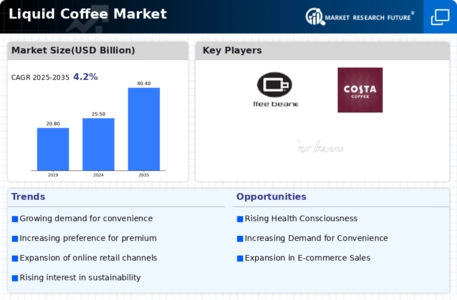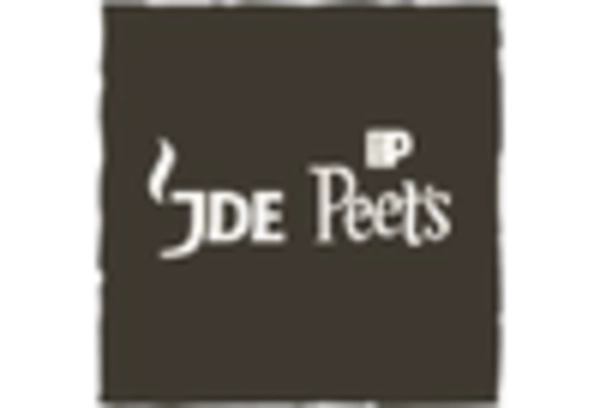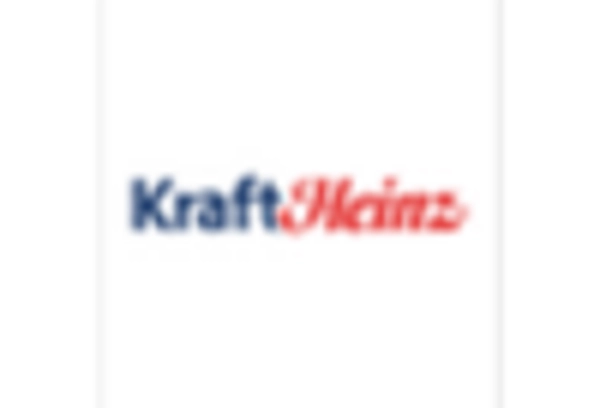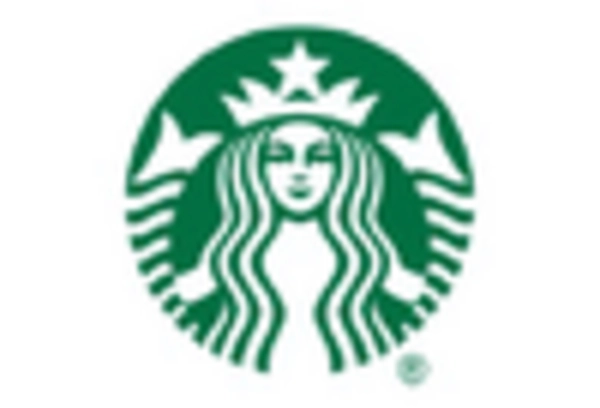Market Share
Liquid Coffee Market Share Analysis
The Liquid Coffee Market has experienced considerable growth as consumers look for convenient and tasty coffee alternatives that can blend well into their fast-paced lives. In this dynamic milieu, different brands employ diverse market share positioning strategies to stand out and capture much of the market. 1. Convenience and On-the-Go Appeal: Brands position their liquid coffee products as an on-the-go fix to recognize the need for convenience. Ready-to-drink (RTD) coffee beverages are often packaged in grab-and-go formats, making it easy for consumers who want a quick cup of joe without any compromises on taste. By catering to busy people who want a shot of caffeine before they go about their busy day, the convenience-centric approach is effective. 2. Flavor Innovation: One of the key strategies in the Liquid Coffee Market is differentiation via flavor innovation. To appeal to varying consumer preferences, brands introduce multiple flavors, blends as well as formulations. Be it cold brews, flavored lattes or unique combinations, having broad range of enticing flavors allows brands to draw attention from more customers. 3. Premiumization: Another strategy that aims at market shares is positioning liquid coffee as a premium product. This includes promoting high-quality coffee beans, meticulous brewing processes and sophisticated packaging which create a premium image for such products. It targets consumers who are ready to pay extra money for better quality beans due to its luxurious image thereby turning it into a premium indulgence. 4. Health and Wellness Focus: Some producers now promote their liquid coffee products by marketing them as healthy options due to rising demand for healthiness among customers. This could entail using functional ingredients like antioxidants or even advertising low calorie and sugar-free alternatives. Informing them about increased energy or mental alertness etc., with regards greater health benefits appeals strongly towards most health-conscious customers. 5. Sustainability Practices: As environmental consciousness grows; sustainability has become a major factor when it comes to market share positioning. Any brand that makes its coffee beans from sustainable sources, uses packaging made from eco-friendly materials and is involved in environment-friendly activities aims at promoting ethical and green values. This helps appeal to customers who want products with concern for the environment and thus can lead to loyalty. 6. Customization and Personalization: This strategy appeals to consumers looking for a personalized coffee experience by offering options for customization. Sweetness levels may vary, creaminess levels may also vary or even enabling the consumer make their own blends are some of the things done by different brands here. Through this strategy, the individual preferences are met while nurturing a sense of pride resulting in customer loyalty. 7. E-commerce and Direct-to-Consumer Strategies: In today’s digital world, it is crucial to leverage e-commerce channels as well as direct-to-consumer strategies. Brands who have an established digital footprint, sell on popular e-commerce platforms and adopt direct-to-consumer model reach larger markets. E-commerce allows brands to engage directly with consumers hence creating brand awareness as well as loyalty. 8. Partnerships and Collaborations: The position of market shares can be significantly affected by partnering with other brands or influencers. Associations with famous coffee shops or collaboration with top influencers or teaming up with established brands can give credibility and broaden the scope of end users reached out concerning liquid coffee niche in particular industries amongst others like; trusted names within the industry greatly influence how customers view enterprises. 9.Targeted Marketing: Targeted marketing campaigns are central to market share positioning. Brands segment specific groups of consumers based on demographics, behaviors, or preferences then use specialized messages when they communicate due these characteristics, they consider them individually depending upon the age group being targeted such as millennials get trendy innovativeness while classic nostalgia is used for old age people which increases their penetration into markets because it fits very well.

















Leave a Comment